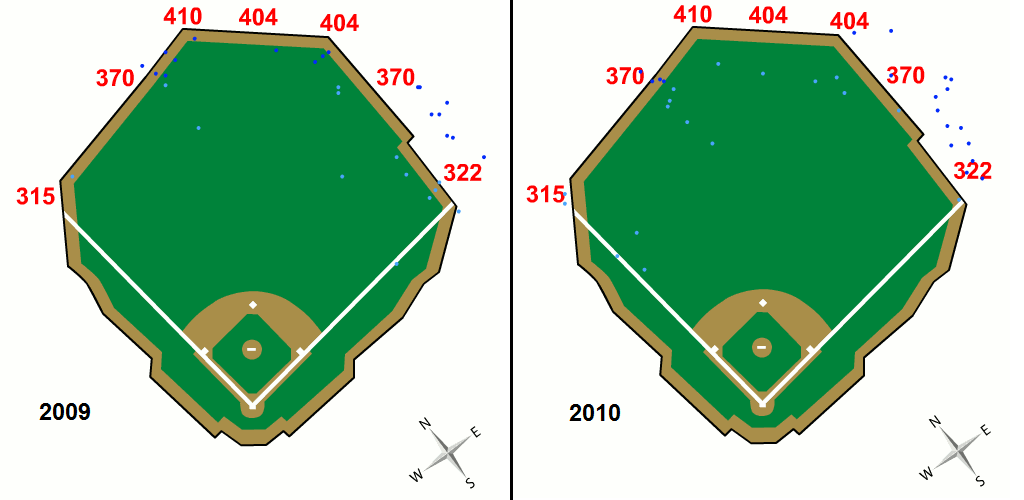- 9,530
- 91
- Joined
- Dec 17, 2003
Originally Posted by CP1708
wildKYcat wrote:
did Barry make our old NT baseball HOF that CP started?
I was literally just lookin thru my old notes on that yesterday.

Either way, props to him.

We need to rebump that thread.


![Alien 0] 0]](/styles/default/xenforo/NTemojis/alien.gif) at home.' The rest of that series, he got his hits, he hit singles and doubles, but no homers. When we got home, he said, 'OK, I'm going to tie Willie today.' And the first at-bat, boom, he went deep. The next day, he came to the park and said, 'Today, I'm going pass Willie.' First at-bat, he hit another homer. I've never seen anything like it."
at home.' The rest of that series, he got his hits, he hit singles and doubles, but no homers. When we got home, he said, 'OK, I'm going to tie Willie today.' And the first at-bat, boom, he went deep. The next day, he came to the park and said, 'Today, I'm going pass Willie.' First at-bat, he hit another homer. I've never seen anything like it." yields a much larger difference, seven wins per 162 games, which strongly suggests that the NL's improvement in interleague play is no fluke.
yields a much larger difference, seven wins per 162 games, which strongly suggests that the NL's improvement in interleague play is no fluke.